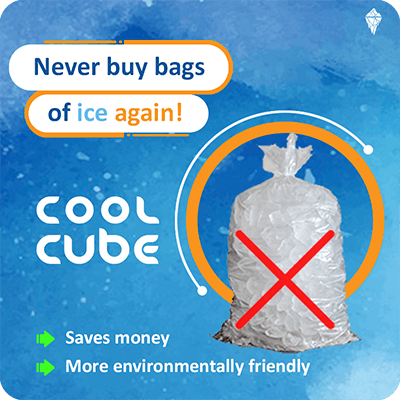What is Cold Therapy
Also known as cryotherapy, cold therapy is an innovative treatment where the body is exposed to freezing temperatures of up to -140 degrees celsius. It works by reducing blood flow to a particular area of the body by either constricting or closing the blood vessels which ferry blood to that part. This can significantly reduce swelling and inflammation that causes pain.
The use of cold therapy dates back to 2500 BC, but then it was modernized by a doctor in Japan, Dr. Yamaguchi, in 1978. He used the treatment to treat patients who have rheumatoid arthritis. Over the last decade, cold therapy has gained popularity among people as they believe it offers a wide range of benefits that include
- Reduces inflammation.
- Boost for the immune system
- Boost blood circulation.
- Numbs nerve irritation.
- Reduces arthritic pain.
- Relieves pain and heals muscles.
- Weight loss.
- Rheumatic diseases.
Why is cold therapy so effective
Unlike other therapies like heat therapy, cold therapy has been proven to be effective by doctors as it provides for a fast recovery from pain and inflammation of muscles. Also, athletes are adopting cold therapy because it promotes faster healing of their injuries. It is also applied in the health sector as a natural way to relieve pain among patients who have arthritis.

Boost for the immune system
Cold therapy initiates the release of endorphins, which reduces the cortisol level in the body; this brings about low stress levels and a good mood associated with better immunity.
Also, during cold therapy, blood circulation is elevated, and blood rich in oxygen is conveyed from the surface to the core parts of the body. This helps remove toxins from the body and transport them to the liver, where they are eliminated.
Cold therapy increases the number of white blood cells while elevating the levels of anti-inflammatory cells. This white blood cells are responsible for increasing the body’s immunity and preventing diseases.





